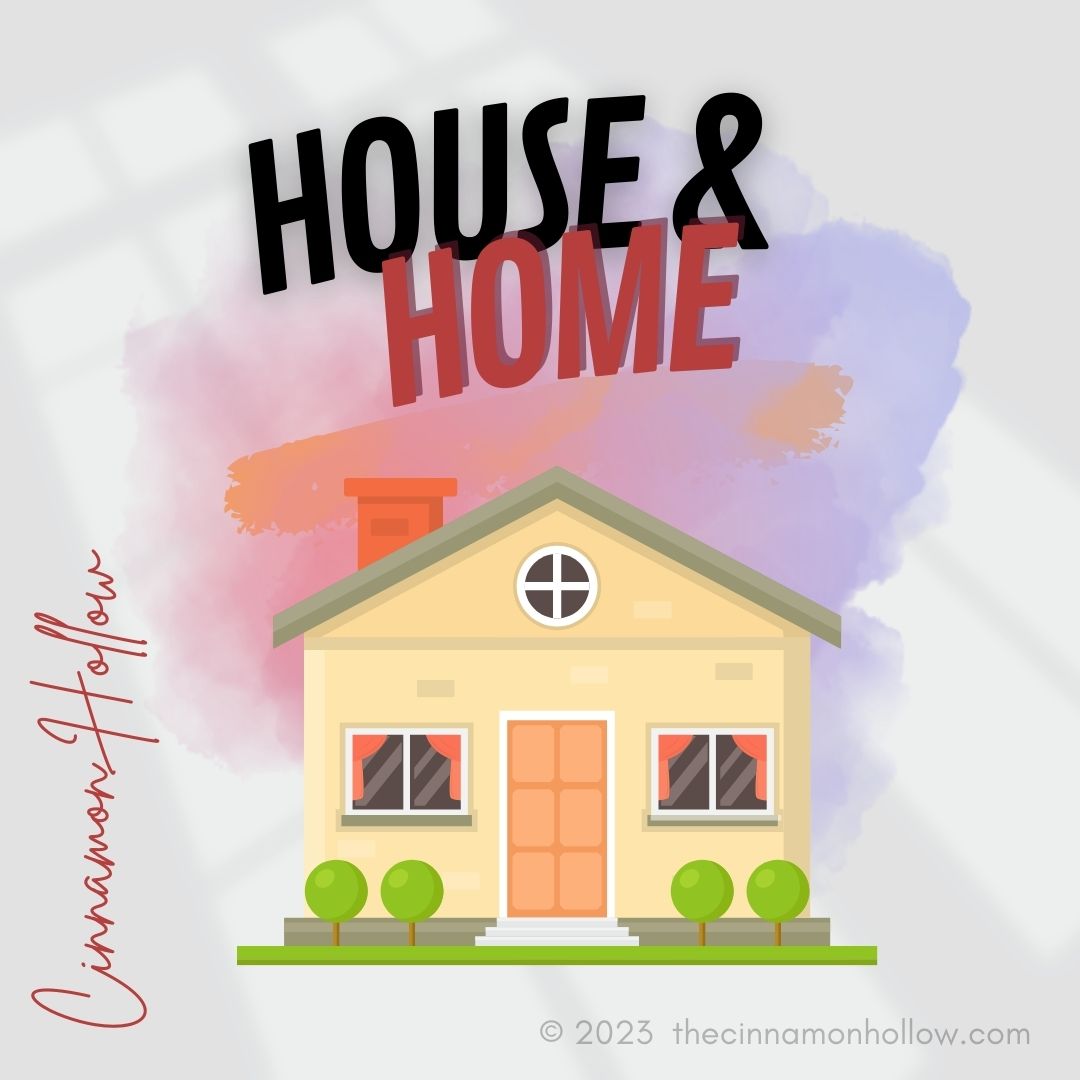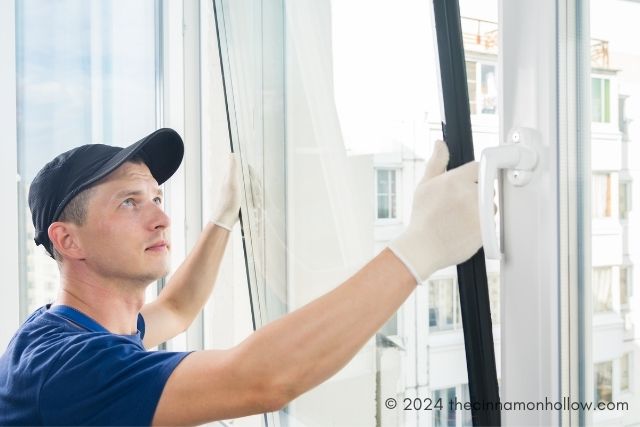Sustainable architecture seeks to reduce the environmental impact of buildings and structures. Architects can accomplish this by using environmentally friendly materials, renewable energy sources, and other techniques that minimize resource consumption.
One such technique involves constructing green facades and living walls to improve air quality, provide insulation, and create a more attractive aesthetic.
Energy Efficiency
Architects increasingly recognize the importance of sustainable design to limit their structures’ impact on resources and ecosystems. This green approach to modern construction challenges them to build smartly, using efficient systems that minimize energy consumption and waste and reduce the amount of non-renewable materials used in their construction.
Green architecture also incorporates solar panels, water recycling, natural ventilation and lighting, and other features that make buildings more comfortable and healthy for occupants.
In addition, these buildings use less power than traditional structures and may produce more energy over time. Including sustainability experts early in the design process can help ensure these issues are addressed and incorporated into the project. It can also reduce monetary costs by ensuring that sustainable options are affordable in the short term.
Water Efficiency
Many green architects and construction companies focus on water efficiency in buildings. They design buildings to minimize waste through various means, such as water-efficient plumbing fixtures and solar hot water systems. This practice reduces the amount of water-building waste and helps protect shared freshwater resources.
Many sustainable buildings use water features, such as wetlands and stormwater management, to reduce their impact on local water resources. This is often accomplished through the use of innovative technologies.
Some sustainable architecture advocates go beyond sustainability and push for resilient design to address the challenges of a warming planet. These strategies help communities adapt to changes and respond more quickly, efficiently, and effectively. They include materials transparency, the protection of water resources, and other sustainable principles. Ultimately, resilient design can help mitigate climate change by reducing carbon emissions and reducing damage from environmental impacts. It also supports the sustainable use of existing infrastructure.
Materials
Sustainable buildings reduce their impact on the environment by using less energy. This includes limiting heating, cooling, and plumbing systems, reducing waste through recycling, reusing water, incorporating rainwater capture technologies, and connecting buildings to natural landscapes.
Choosing materials in a sustainable building also impacts the overall environmental impact. Each material has an embodied carbon footprint associated with its manufacture, transport, and installation. By prioritizing recycled and reused materials, choosing locally sourced materials, and constructing with construction techniques that make a building more accessible to adapt and dismantle, architects can significantly reduce the environmental impact of their projects.
Indoor Air Quality
As energy efficiency drives architects to make buildings more airtight, they may unwittingly create unhealthy indoor environments.
Sustainable architecture also aims to minimize the building’s embodied carbon footprint by maximizing recycled and earth-friendly materials, limiting demolition, construction, and unnecessary material consumption, and using construction methods that allow a building to adapt or dismantle over time. It also ensures that a building is designed with its users in mind, ensuring they can use it efficiently and safely, making maintenance and repairs easy and affordable.
From a spiritual standpoint, sustainable architecture acknowledges that humans are temporary stewards of their environment and strives to foster respect for the planet’s resources. It is a return to subsistence living emphasizing improving the quality of life by making structures more resilient and efficient in energy and resource consumption.






